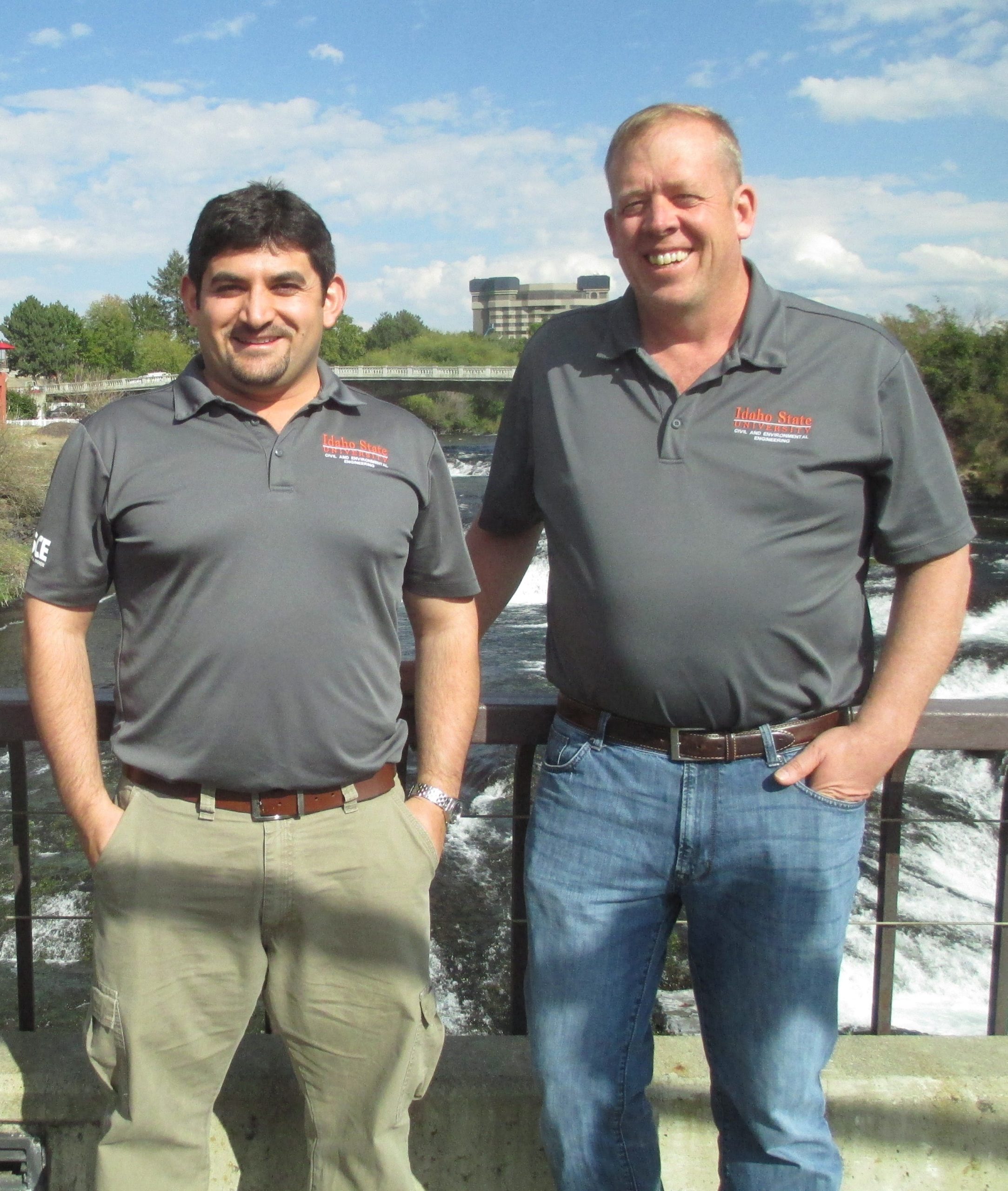Idaho State University’s Civil and Environmental Engineering department is leading a CAES-initiated project at the forefront of earthquake and structural engineering research that will enhance collaboration between Idaho National Laboratory and ISU.
ISU was awarded $1.1 million from the Idaho State Board of Education’s Idaho Global Entrepreneurial Mission (IGEM) to build the Disaster Response Complex (DRC) in Pocatello. The proposal, A Disaster Response Complex for Emergency Responders in Idaho by ISU Professor Dr. Mustafa Mashal, calls for a regional/national training center complex in Pocatello that will mimic the features of a structure collapsed by an earthquake, hurricane, or other natural disaster.
The DRC will be the first of its kind in Idaho, serving as a training site for first responders to learn search and rescue operations in disaster scenarios, enabling research into new disaster response techniques and technology, and supporting future collaborative training and exercises planned for INL’s Radiological Response Training Range. Seed funding for the project came via a 2018 CAES program development award and a 2018 CAES Collaboration Fund award.
Mashal and his Co-PI, Dr. Bruce Savage, an associate professor and Chair of ISU’s Department of Civil and Environmental Engineering, teamed on the project with INL’s Bryon Marsh — establishing a partnership that provides expertise in chemical, biological, radiological, and nuclear (CBRN) research.
The collaborative aspects of the project date to early 2018, when Mashal met Marsh at the CAES Security Collaborative Research Planning Meeting. Later that year, the project received INL Collaboration Funds in 2018, the first year of the CAES initiative designed to provide funding to proposals by INL researchers that would enhance collaborative relationships with CAES universities, in line with the CAES strategy. ISU will provide space for the facility on its business park, which spans approximately 300 acres.
CAES kickstarted the collaboration on this project, bringing people together in workshops and providing the seed funding, said CAES Director No, Bakhtian. This project crosses all three CAES strategic pillars — research, education, and innovation — and epitomizes the CAES vision of forging a better future though collaboration that inspires leadership, ignites technology innovation, and catalyzes global impact.
In his proposal, Mustafa cited the absence of a training facility for first responders not just in Idaho but throughout the region. Idaho law enforcement and firefighters typically travel to Alabama to undergo such training.
This grant is an important investment by the State of Idaho in shaping how first responders from our state, region and nation provide assistance in times of need, said Dr. Scott Snyder, Dean of ISU’s College of Science and Engineering and the university’s Interim Vice President for Research. There is a clear need for this type of training complex in the Intermountain West, and Dr. Mashal and his partners at ISU and INL have the knowledge and skills to fill this critical training gap,
The project consists of two phases. The first phase includes the design and construction of a collapsed structure that would enable the training of first responders in a realistic environment and in multiple scenarios, including the aftermath of earthquakes and hurricanes.
The second phase provides for training in more complex scenarios, such as rescues during earthquake aftershocks, broken pipes or flooding, and terrorist threats.
Mashal and Savage visited several similar facilities across the country and met with dozens of officials to determine the facility’s features and requirements.
The Disaster Response Complex at ISU will be a unique facility in the region, Mashal said.
Marsh said INL’s goal is to support the facility with the best science and research available so that our responder community is always ready.
It is exciting to be part of this project because the benefits of increasing our responder readiness is the fact that lives will be saved, he said.
Mashal’s proposal cites the positive economic impact the facility will have on Pocatello’s hotels, restaurants, and airport, as well as an increase in opportunities related to the employment, training, and education of graduate and undergraduate students at ISU. In addition, the DRC will be actively collaborating with INL and CAES researchers for other research opportunities, according to the proposal.






